Tubeless: What Do They Know That We Don’t?
I remember looking out at the competitor waves preparing to enter the water for an early season triathlon in 1987. The entire pro field was wearing wetsuits. All but one were wetsuits that I made, in my factory. That factory was only 3 months old. I’d hit on a way to construct a wetsuit that would optimize it for surface swimming, and this particular race was the 3rd of the season. It took this many races – two – to figure out what a difference wetsuits made. After the pro start, the age group racers queued up for their start. One age-group racer wore a wetsuit. Everyone else was bare-skinned.
This occasionally happens in triathlon: Pros figure it out quickly; takes a moment for the rest of us. (In a related phenomenon, pro triathletes figure it out quickly; takes a moment for the single sport pros.)
When the luxury of comfort-belief clashes with the raw consequences of comfort-belief, comfort-belief is the casualty. Wetsuits were an example. I can’t tell you how many pro triathletes told me back in 1987 that wetsuits don’t make them faster because, "I'm a good swimmer, and wetsuits only aid those with poor swim technique!"
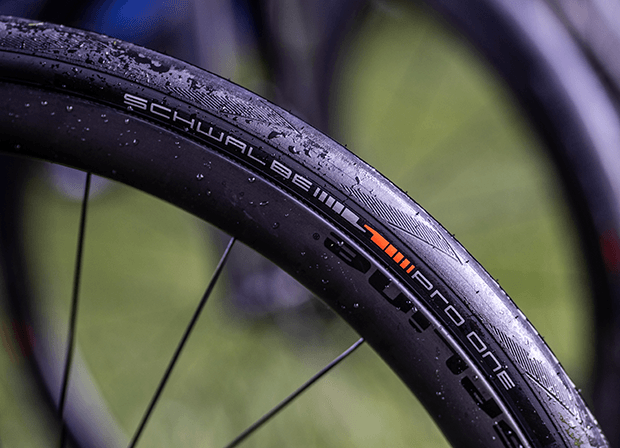
"Fine," I replied. "Then you shouldn’t swim in a wetsuit." It was emotionally satisfying for fast-swimming pros to believe as they did. Their comfortable-belief lasted exactly two races (or one) before they were knocking on our factory door.
Which takes us to road tubeless. We poll on this (as we poll on just about everything), and 20 percent of you all are riding road tubeless tires now. Another 7 percent say you intend to change to road tubeless within the year. (The poll results from below were taken in June of 2019.) So, generously, rounding up, about 3 in 10 Slowtwitchers expect to ride road tubeless during the 2020 season. We have the results of what the top male pros were riding in Kona, and it’s here, on our front page. Let’s talk first about their choice of tire – yes, the brand and model, but mostly the type. Here is what the top 10 males were riding, in order of place:
1. Jan Frodeno: Tubeless (Continental GP 5000 TL)
2. Tim O’Donnell: Tubular probably (Vittoria Corsa Speed)
3. Sebastian Kienle: Tubeless (Schwalbe Pro One TT)
4. Ben Hoffman: Tubeless (Continental GP 5000 TL)
5. Cameron Wurf: Tubed
6. Joe Skipper: Tubeless (Vittoria G+)
7. Braden Currie: Tubed
8. Philip Koutny: Tubeless (Schwalbe Pro One TT)
9. Bart Arnouts: Tubed
10. Chris Lieferman: Tubeless (Vittoria Corsa Speed)
As you see, the top 4 (or 3 of 4) were riding tubeless, as well as the fastest bike split of the day (Boris Stein on Schwalbe Pro One tubeless). Seven of the top 10 were riding tubeless. The race has been won on tubeless each of the past 3 years, by 2 different male winners. Alistair Brownlee was also riding tubeless. I polled all 10 of the Canyon pros entered in Kona, and 7 of them were on tubeless (which included Frodeno, last year's winner Patrick Lange, and Stein).
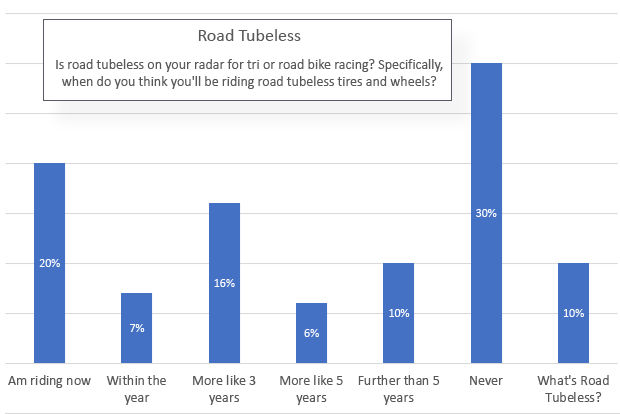
What I don’t know is whether Tim O’Donnell rode with a tube inside of his tubeless-ready tire (or something else). We can ask him about this; he’s about to engage in an Ask Me Anything thread on our Reader Forum. Several of these riders chose aggressively fast (borderline insufficient in puncture resistance) tubeless tires, such as Sebi’s Pro One TT, rather than the standard Pro One. While Philip Koutny (below) reported that he rode a Schwalbe Pro One, the gumwall tire he’s seen with is only available on the Pro One TT like the tire’s Sebi rode. Vittoria’s Corsa Speed is also quite a light-duty, speed-optimized tire. Riders assumed, I think, a swept course, and that sealant would solve most problems they’d encounter. Sebi did puncture on this Schwalbe tire in his Roth race, but the tire self-sealed after losing a few bar and he continued (without stopping) on to a great bike ride and overall finish.
Note that the Pro Ones ridden are the new generation, which Kienle and others have been riding all year, but which became available to us all in August and September.
If you check the popular testing sites, like Bicycle Rolling Resistance, you’ll see that tubeless tires take the first 4 spots (a pair of Vittorias, Kienle’s Schwable Pro One TT, and Conti’s Grand Prix 5000 TL. Tubed tires don’t do that badly, because BRR assumes a butyl tube. Replacing it with a latex tube speeds up the tire, making the best of this class comparable to a pretty fast tubeless tire. But sealant isn’t thought to seal as well in a tube as it is in a tubeless tire.
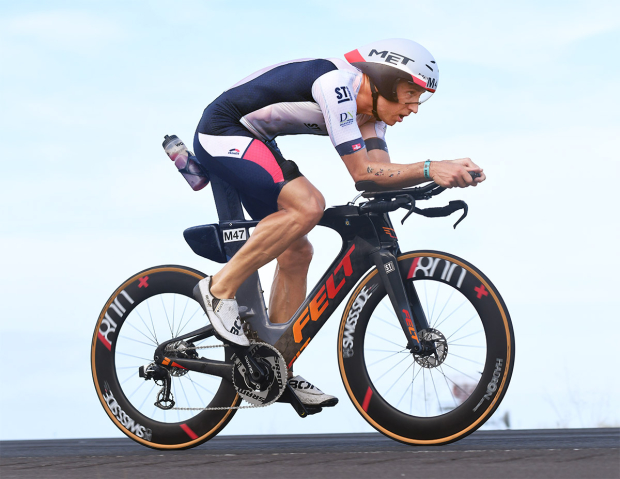
Tubeless is also lighter than a tubed system, unless you add the weight of the sealant in tubeless and you don’t put any sealant in a tubed system. This makes tubeless desirable on both rolling resistance and on flat protection.
As a liberal user of tubeless and tubed, from road to gravel to MTB, let me be the first to say tubeless is still janky. I remain convinced that if I found the right person at 3M, showed him what tubeless tape looks like, and the use case, he or she would laugh, head into the tape vault and return with a 54W365L-3, or whatever, and say, “This is what you need.” And this tape, probably already in existence, would solve my tubeless tape headaches.
Then there’s the lack of a standard for tubeless valves. And for sealant. Finally – and we’ll be writing about this in the future – tubeless does not require a bead hook in any other kind of tire that I know of other than the bicycle tire. Tubeless, when done right in any other application, pressures the inside of the tire, laterally, against the rim wall, no gap for air to get underneath the bead, no need for a bead hook. As of today we have a lot of tubeless applications in cycling that are a kind of hybrid between tube and tubeless, tweener tech, like the flying fish or the flightless penguin.
Tubeless is a long way from optimized. Or uniform. Another hurdle is the investment so many have made in wheels that don’t support the tech (fortunately, ENVE, HED and Zipp have wheel trade-in programs). Also, the case has been made that tubeless really shines in higher volume, lower pressure tires (like gravel or, better yet, MTB). But its raw value – notwithstanding its drawbacks – has convinced at least the top men in Kona of its utility versus tubed tires. Like the swimming wetsuit in the Spring of 1987, this is found tech among the pros, but the general racing population is still naive to it.


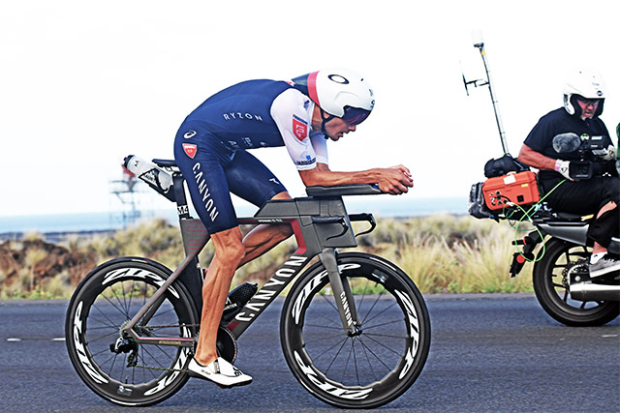
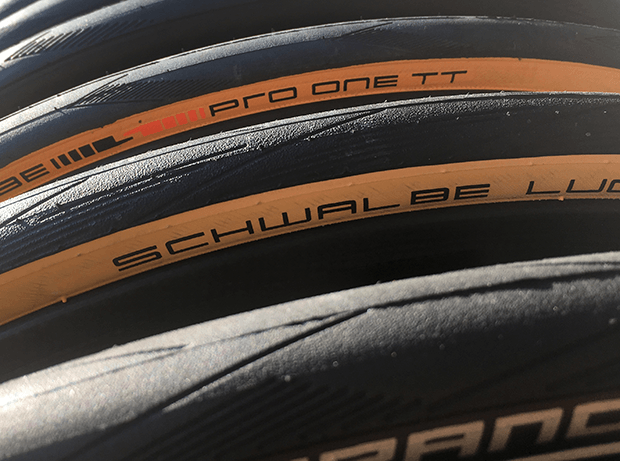
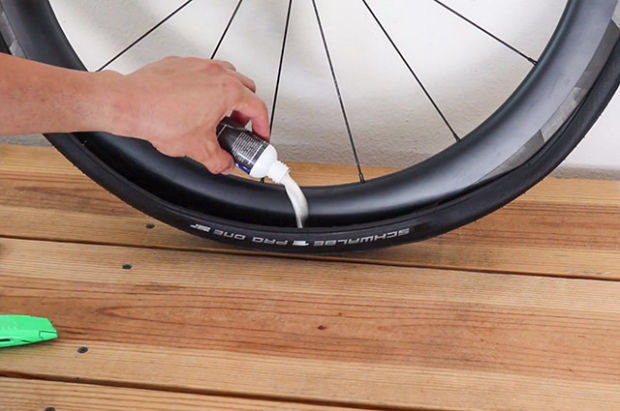
Start the discussion at forum.slowtwitch.com